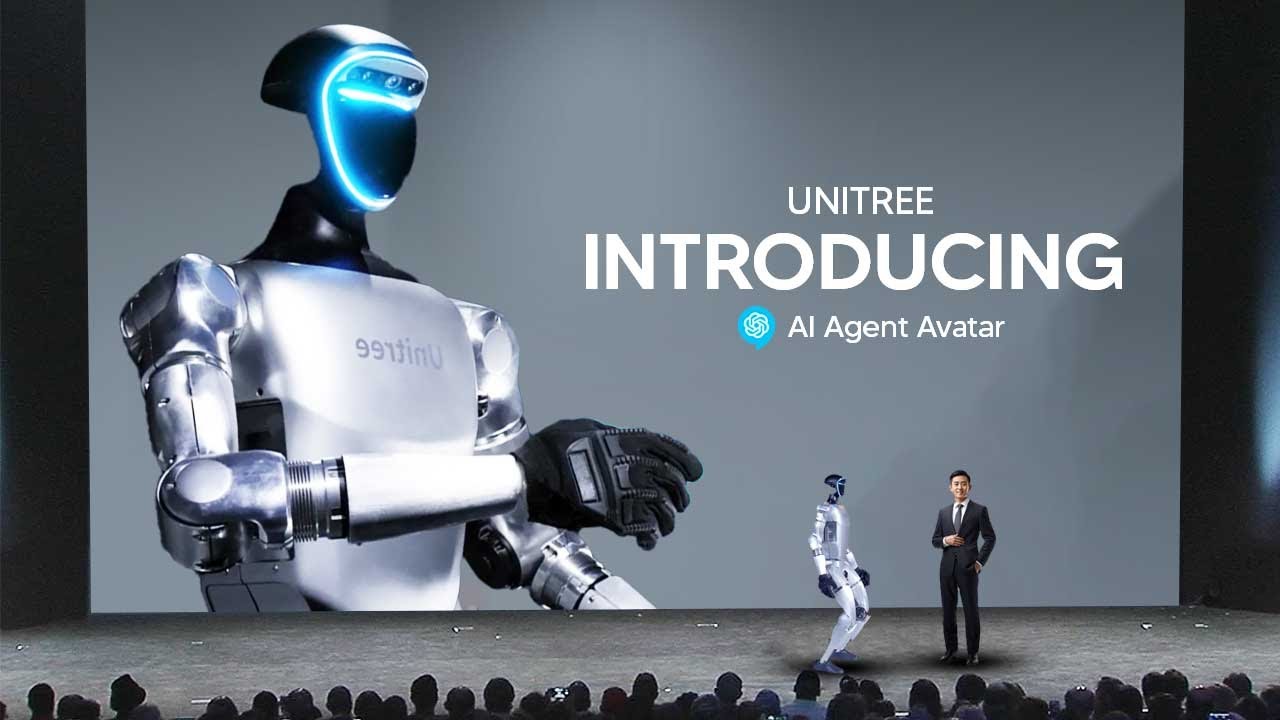Unitree has unveiled their latest humanoid robot, the G1, which demonstrates remarkable flexibility, stability, and speed at a more affordable price point compared to other robots with similar capabilities like Boston Dynamics’ Atlas. The Unitree G1 robot’s advanced features, including autonomous learning, delicate manipulation abilities, and durability, position it as a significant contender in the field of humanoid robotics, offering researchers and developers a promising platform for innovative applications and research.
Unitree has released a new humanoid agent AI robot called Unitree G1, showcasing impressive flexibility, dexterity, and capabilities in a recent trailer. The robot’s design is reminiscent of Boston Dynamics’ new Atlas robot, indicating rapid evolution in robotics technology. Despite being released just three weeks after Boston Dynamics’ trailer, Unitree G1 demonstrates remarkable feats at a lower price point of $116,000, making it more accessible than other humanoid robots with similar capabilities.
The Unitree G1 robot exhibits exceptional movement abilities, showcasing flexibility and stability in various tasks. Its hollow joint wiring allows for more efficient movements and compact design, enhancing its overall performance. The robot’s stability is highlighted through demonstrations of withstanding impacts and forces, showcasing its potential to operate in hazardous environments where stability is crucial. The robot’s ability to remain stable even when punched or kicked sets it apart from other humanoid robots in terms of durability and reliability.
Another impressive feature of the Unitree G1 robot is its speed, reaching up to 3.3 m/s, making it one of the fastest humanoid robots in its class. The robot’s autonomous learning capabilities, driven by imitation and reinforcement learning, enable it to perform tasks learned in simulations with precision and subtlety. Its hands are capable of delicate manipulation tasks, such as crushing walnuts and opening a soda can, demonstrating its versatility and practical applications in various scenarios.
The Unitree G1 robot’s affordability and advanced capabilities make it a game-changer in the field of humanoid robotics. Researchers and developers can leverage its platform for innovative research and applications, given its lower cost compared to previous humanoid robots. The robot’s potential for autonomous learning, stability, and precise movements opens up possibilities for a wide range of tasks and environments, showcasing the rapid advancements in robotics technology globally. With the Unitree G1 robot set to ship in around five months, the future of robotics appears promising, with China emerging as a significant player in the evolving robot race.
